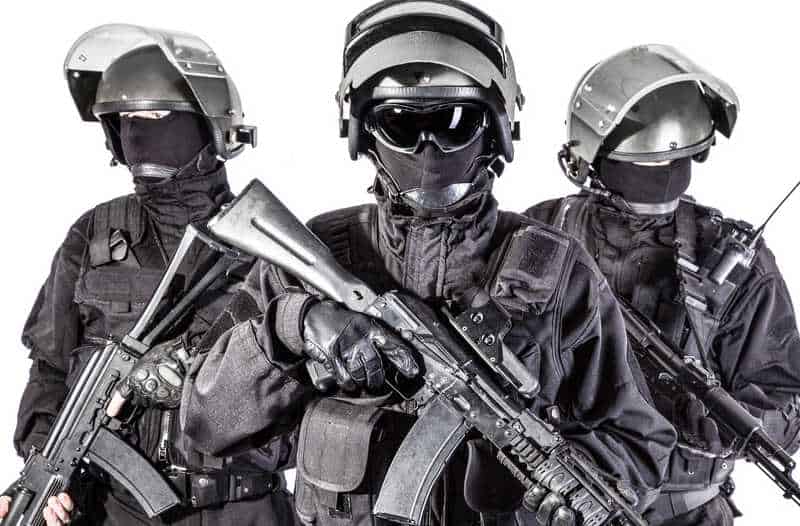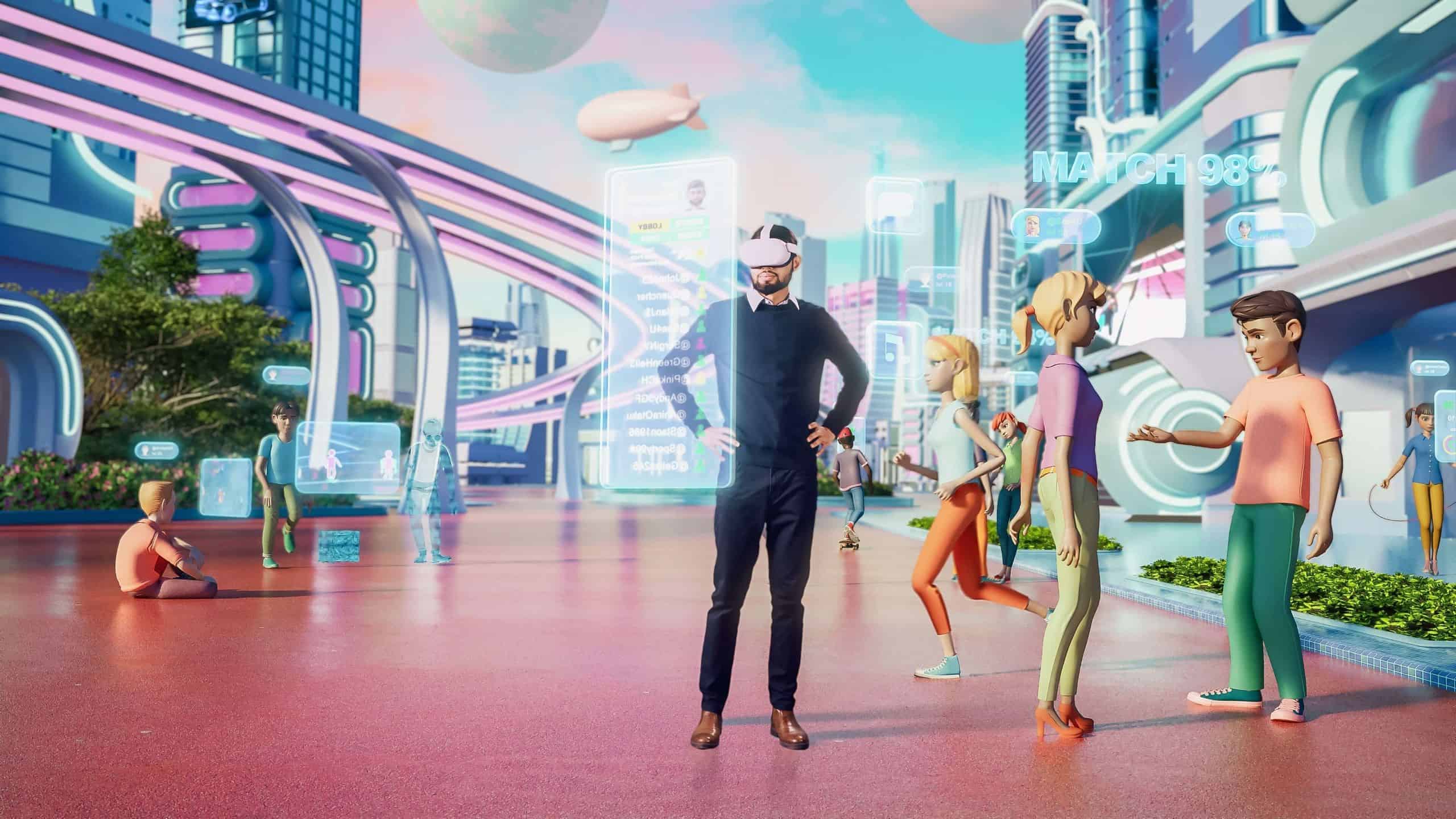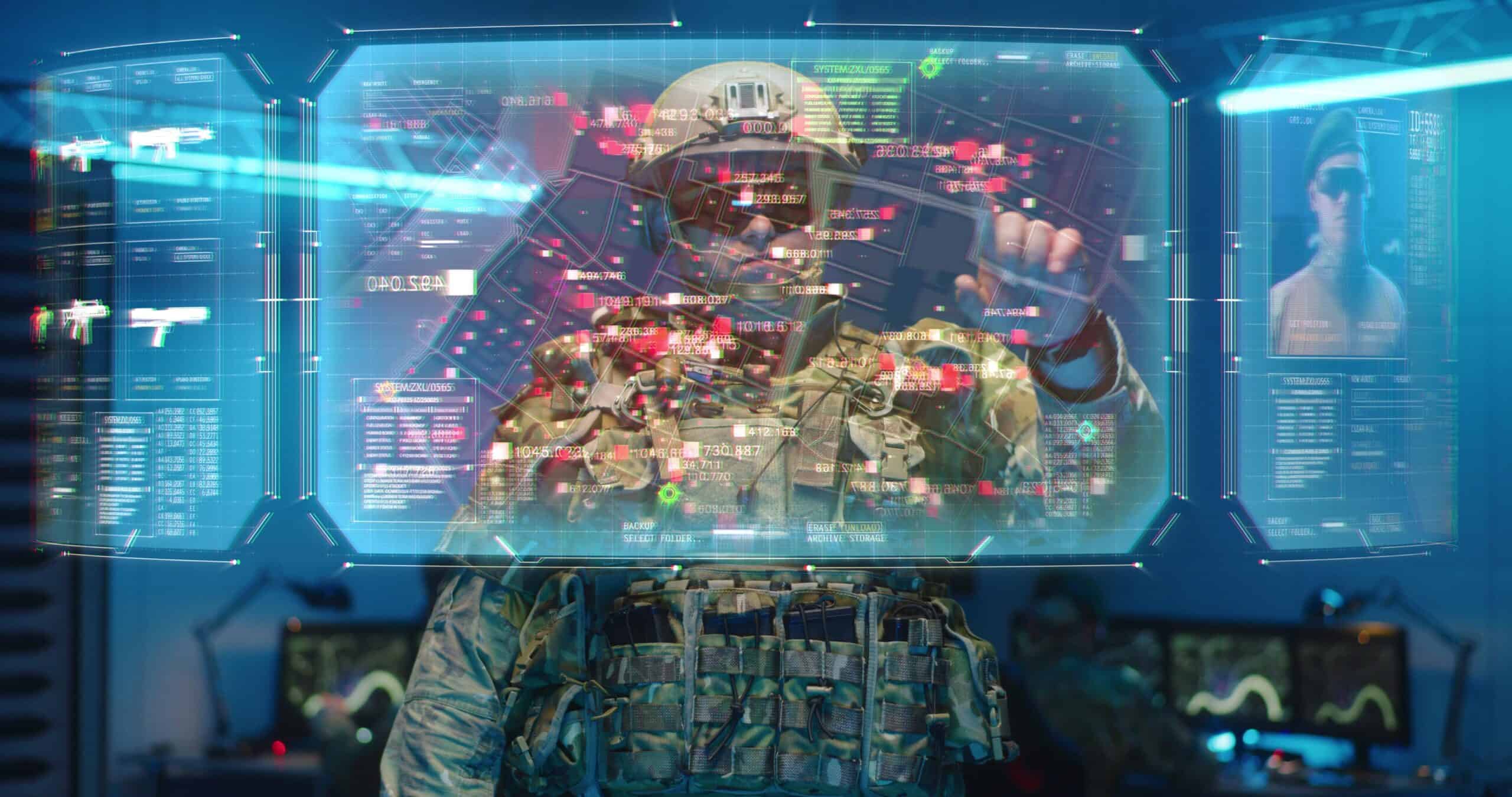The vision of robotic looking law enforcement officers rushing to a crime scene without any crimes having been committed yet may seem like something out of a sci-fi movie. The reality of this is however not very far away. Technological developments are playing an increasingly important role in law enforcement of the future as they help improve efficiency and police officer safety. Police department personnel also enjoy working with state-of-the-art technology, which can have a positive effect on morale and productivity. Some of these technologies can already be seen on the streets, while others are still on the horizon. One thing is certain: technology is helping the police turn sci-fi into fact.
How will the connected police officer soon be outfitted?
British Police department researchers are investigating a series of gear which will turn police officers into sci-fi characters, much like Robocop. The department’s wish list is extensive. It includes a range of equipment and technology such as exoskeletons, wearables such as smart watches and glasses similar to Google Glass, smart belts, body cameras and impenetrable graphene body armour. Rob Coleman, director of Home Office’s Centre for Applied Science and Technology, recently held a presentation ‘Digitally enabled Officer of the Future’ at a private event hosted by TechUK, with the aim to provide a glimpse into the future of British policing. There are various developments and pilots in the UK as well as the US.
Photo credits: meunierd / Shutterstock.com
Smart glasses
Motorola has developed smart spectacles that resemble the Google Glass wearable. They are designed for the enhancement of ‘situational awareness’. They will assist in gathering information about a crime or crime scene, even before the officers arrive. This could include Google Earth images or public involvement such as video footage sent from mobile phones and tweets or Facebook posts. The smart glasses will also enable the law enforcement officer to stay in touch with commanders and dispatch. They are fitted with a camera, which automatically takes a photo of what the police officer is seeing when a gun or other item is pulled from the belt. The glasses are also able to receive text messages which are visible on the lenses. This way, the police officer receives critical details without having to look away from the crime scene.
Graphene armour
Another important area of research for use in policing is graphene armour. Made from a sheet of single carbon atoms arranged in a honeycomb shape, the wonder material graphene is the world’s thinnest, strongest material which has incredible flexibility. Graphene can withstand blows that would punch through steel. Recent miniature ballistic tests suggest that the material performs twice as well as the fabric currently used in bulletproof vests, making it ideal armour for the protection of the armed forces as well as police officers.
Smart belt
Apart from the exoskeleton and smart glasses, the police departments would probably also want their robocops to wear smart belts – a tool currently also in development by Motorola. It immediately senses when the police officer draws a gun, taser, pepper spray or handcuffs from the holsters on his belt and relays that information to dispatch backups. The sensor also triggers the specially designed smart glasses that automatically take pictures of the scene, as previously described.
Body-cams
Body-cams, cop cams or on-officer recording systems are worn as a headset or attached to a police officer’s uniform. These cameras are used to record the police officers’ interaction with people. With the rise of police brutality and misconduct – a whopping average of 1.000 police killings per year in the US alone, the footage of body cams can serve as evidence of police encounters with the public. This is a win-win, as the body cams can prevent unreliable accounts of incidents, protecting the public against police brutality and abuse. At the same time, the footage can protect law enforcement officers against false accusations of misconduct.
PredPol – crime prediction
PredPol is short for predictive policing, a tool which helps predict when and where crimes such as gun violence, burglaries and car theft are most likely to take place. This increases the odds of law enforcement officers stopping crime before it’s even started. Predictive policing works with details from the past; which type of crime was committed, where it was committed and when it was committed. No personal information of individuals is used which eliminates profiling and privacy concerns. PredPol makes use of knowledge and experience that already exists from crime analysts and veteran officers and combines this with cutting edge analytics and computer learning technologies. This results in predictions which are 100% more effective than traditional hot spot mapping. Predictive policing strategies also include the collaboration between officers and the public in areas where crime is likely to occur, encouraging engagement in community crime watch efforts.
Video credits: PredPol – Predictive Policing
Drones – the eyes in the sky
While crimes such as car theft and burglaries have traditionally been combated on the ground, these crimes can now be fought in the skies, too. Unmanned police drones fitted with non-lethal weapons are increasingly saving the day. Law enforcement in the UK has, for instance, been using drones for catching people vandalising or littering. Some drones are fitted with Long Range Acoustic Devices, which can produce deafening sound beams and have been used to scare away criminals. Some drones are able to firing teargas and rubber bullets and even deliver strobe lighting to disorient.
See also: Six futuristic robots that will redefine life as you know it
Will the real Robocop please stand up
Robots have been used for quite a few years for detonation or disabling of explosives but probots are increasingly being developed for use in policing. Large remote-controlled robots are now fitted with arms that can break down doors and hold weapons. Robots are deployed for various tasks; they replace their human partners when the going gets tough. They can sniff out explosives, disarm bombs, navigate tough terrain, breach buildings and can even be implemented for hostage negotiations.
PackBot – the iRobot that fits in your backpack
The PackBot owes its name to the fact that it fits in a backpack. It was first used in Afghanistan to search buildings and cross minefields. It has also assessed nuclear power plants in Fukushima and is now used in police forces across the globe. The bot can travel at 9.3km per hour, can operate in 90cm of water and is equipped with an arm and a camera that can generate real-time footage.
tEODor – nimble enough to handle an egg
The teoDor or telerob Explosive Ordnance Disposal and observation robot is a state of the art robot with a hand strong enough to crush a door lock, yet sensitive enough to handle an egg. The bot has 4 high-res cameras, can lift 100kgs of weight and is equipped with all kinds of weapons such as water cannons and guns. This nifty piece of machinery has been used to disarm explosives and enter hostile buildings to gather Intel.
SWAT bots for crowd control
This strong remotely controlled vehicle is designed to work in hostage and riot situations and features an assault weapon as well as camera which gives the operator real-time footage. It can gain speeds of up to 80km per hour and its weapon can fire rubber bullets and pepper balls for crowd control.
Robot officer, Terminator-style
With technology developing the way it is, we may very well see talking humanoid robot officers patrolling our streets in the not too distant future. Boston Dynamics’ ATLAS gives us a pretty good idea of what that would look like. The ATLAS can walk independently and could be deployed in areas of land where no human would dare to set foot. The developments are still in the early stages and even though the US have indicated that the ATLAS is not being developed for warfare; someone else may just be doing exactly that.
Conclusion
It’s hard to say whether we will ever see a real half human, half robot police officer patrol our streets. The technology is certainly here and it can greatly assist police officers to be better, smarter and more responsive. When it comes to robots such as the ATLAS, there would be some very real threats. Yes, they could greatly reduce the number of casualties within law enforcement, especially when it comes to apprehending violent criminals. But what if these machines would bypass their programming and rewrite their software so that they were able to make their own decisions…?








